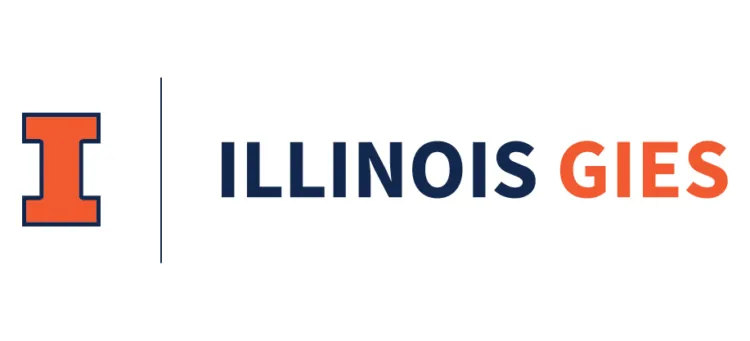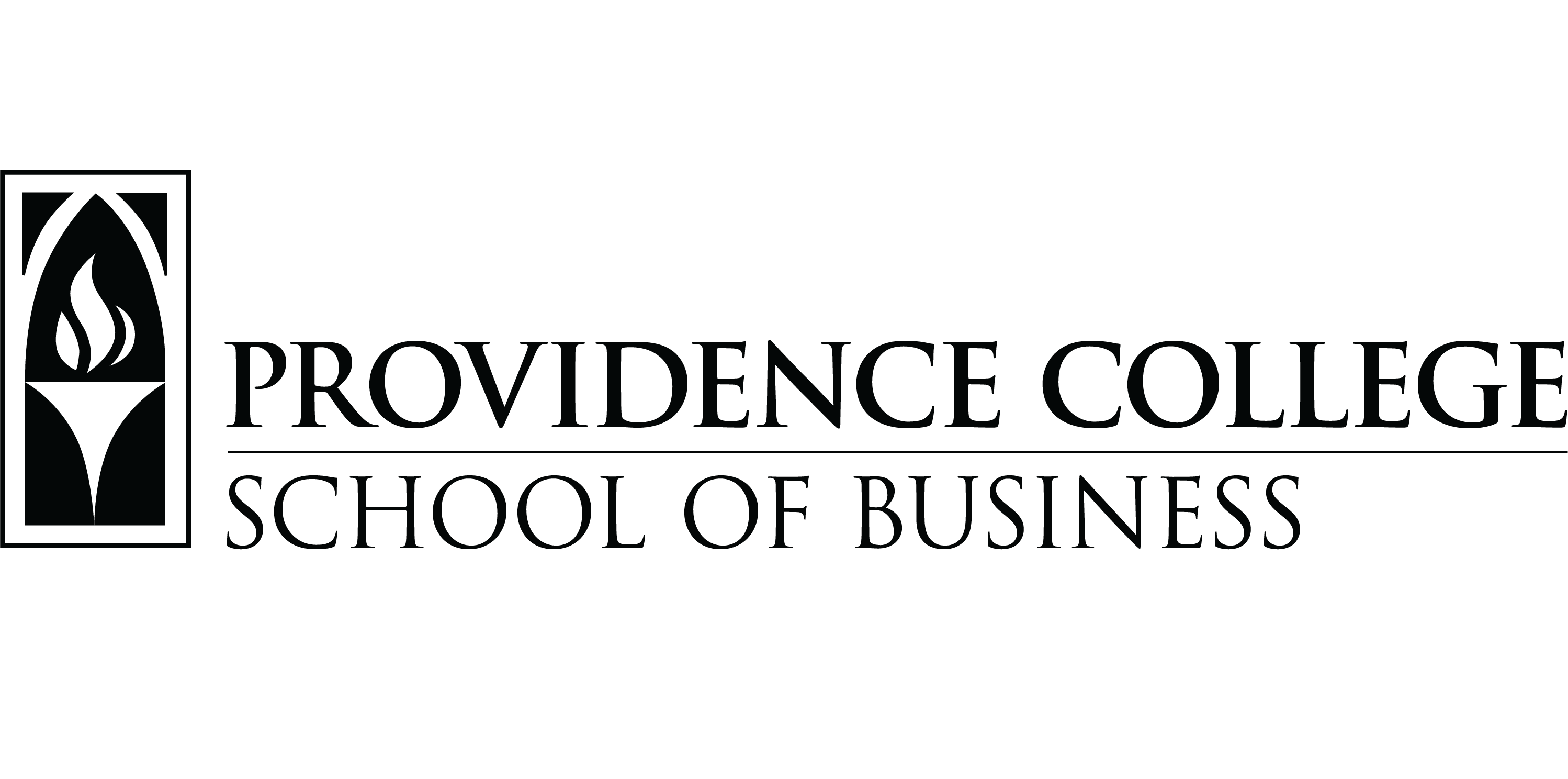Debt. It’s the cloud that hangs over many graduates’ futures. Despite earning a degree from a top institution, a significant number of grads with shiny new business degrees begin their careers in arrears, at the bottom of a hole that can be many thousands of dollars deep.
In conducting a survey of alumni from the top 50 undergraduate business programs in the U.S., Poets&Quants found many who struggled under the burden — in many cases $40,000, $50,000, even $100,000 worth — of educational debt. How this debt weighs on the prospects of a generation of young business leaders is an open question. What is clear, though, is that the cost of a degree at a top B-school can be, and often is, financially debilitating, putting new grads on the back foot as they start their careers.
“I don’t think that traditional incoming college students (17- or 18-year-olds) really understand the impact of their decisions on schools as it relates to student loan debt,” says Blaine Blontz, founder of Financial Aid Coach, which offers college planning services. “Families and students that are coming out with $50k to $100k or more in debt are really putting themselves behind, even if they are earning more than the average college graduate.”
HIGHS AND LOWS
Of the schools that reported debt statistics in P&Q’s survey, Lehigh University College of Business and Economics, ranked No. 22, had the highest per-student debt average at $46,702, more than $9,000 higher than the next-closest school, No. 36 The College of New Jersey School of Business ($37,000). The lowest average, $3,241, was reported by Brigham Young University’s Marriott School of Management, which ranked No. 20.
Of the 23 schools that reported debt data, the average debt amount was $24,694. The schools also reported percentage of students who graduated with debt, with the highest percentage coming from the No. 34 University of Massachusetts-Amherst Isenberg School of Management (66%; The College of New Jersey was not far behind at 65%), and the lowest from No. 25 Rutgers Business School-New Brunswick, where just 12% of students graduate with some form of debt.
The second-lowest percentage of students who graduated with debt was at No. 10 University of Michigan Ross School of Business, where only about 18% graduate with debt. However, they owe, on average, among the highest amount at $34,000.
(See the chart on the final page of this story for a complete list of debt percentages and averages, as well as scholarship figures for the top 50 undergraduate business programs in the U.S.)
FAMILIES ‘NEED TO APPROACH THINGS MORE LIKE A BUSINESS DECISION’
Blontz, who spoke with P&Q by email, says one thing he’s learned since getting into the financial aid counseling business is that the school name on one’s degree doesn’t matter nearly as much as it’s made out to.
“That’s not to say that it doesn’t have an impact,” he says, “but I think families need to approach things more like a business decision than they currently are, weighing costs and benefits. Until this happens, the cost of college will only continue to rise while the quality of degrees will be stagnant or even on the decline.”
The problem of debt, and the misunderstanding of it, extends beyond the B-school world. A survey released Dec. 15 by IonTuition, a web-based student loan management platform, shows almost two-thirds (65.4%) of college graduate respondents in all majors have experienced difficulty making their student loan payments. Meanwhile, more than one-third (35.6%) of those surveyed feel they lack an understanding of their student loan repayment options, and more than half (51.3%) claim they did not receive counseling before accepting the terms of their loans. Nearly half (48%) are unaware of their student loan interest rate, IonTuition reports.
“I also don’t think that enough students know that there are income-driven repayment options for their federal loans,” Blontz adds, directing families to a federal website for more information. “These allow for reduced payments and even deferment if a student comes out of schools under- or unemployed. I think that in general, students are not aware of the impact college debt has on their future lives. But I don’t think this is something that we can realistically expect students to ‘get.’ While that would be an ideal situation and some will, I think other steps need to be taken to make sure that the majority are given a chance.”
HIGH RETURN ON INVESTMENT — IF DONE RIGHT
Chicago-area native Krishan Thakkar, a member of the No. 23 University of Illinois at Urbana-Champaign Class of 2014, graduated with more than $100,000 in student- and parent-assumed debt. It never worried him, he says, because he knew from the start how best to maximize his time in school.
“There are so many organizations to be a part of, and part of it is exploring a little bit,” says Thakkar, now a consultant with Accenture Strategy. “When you go in, you want to be involved in as much as you possibly can. Anything that interests you, try it. That’s what I did. I liked the consulting side, so I got involved with Illinois Business Consulting, doing real-world projects, flying all over the world, and that experience helped me to get a full-time offer out of school. Taking advantage of those opportunities and getting those experiences can be used to leverage negotiations when it comes to getting offers.”
Thakkar’s anecdotal conclusion from talking with colleagues, that many Illinois grads accrue debt, is backed up by P&Q’s survey, which shows 41% of alums having graduated with some form of debt. The average owed, however, is only about $12,000 — third-lowest after BYU and No. 7 Indiana University’s Kelley School of Business ($9,773), and far from the $35,000 per year Thakkar accrued and only partially paid off during his studies.
Yet as he tells Poets&Quants, he’s optimistic about his ability to pay off the debt, and soon.
“Quite honestly, we (business school grads) do pretty well, and making well over six figures out of school definitely positions you well to paying off any loans that are outstanding,” Thakkar says. “It was a little bit of a burden, but I didn’t really think of it too much — I knew the return on investment was going to be high.”
(See the final page for a complete list of P&Q’s top undergraduate business programs and their student debt averages.)













Questions about this article? Email us or leave a comment below.